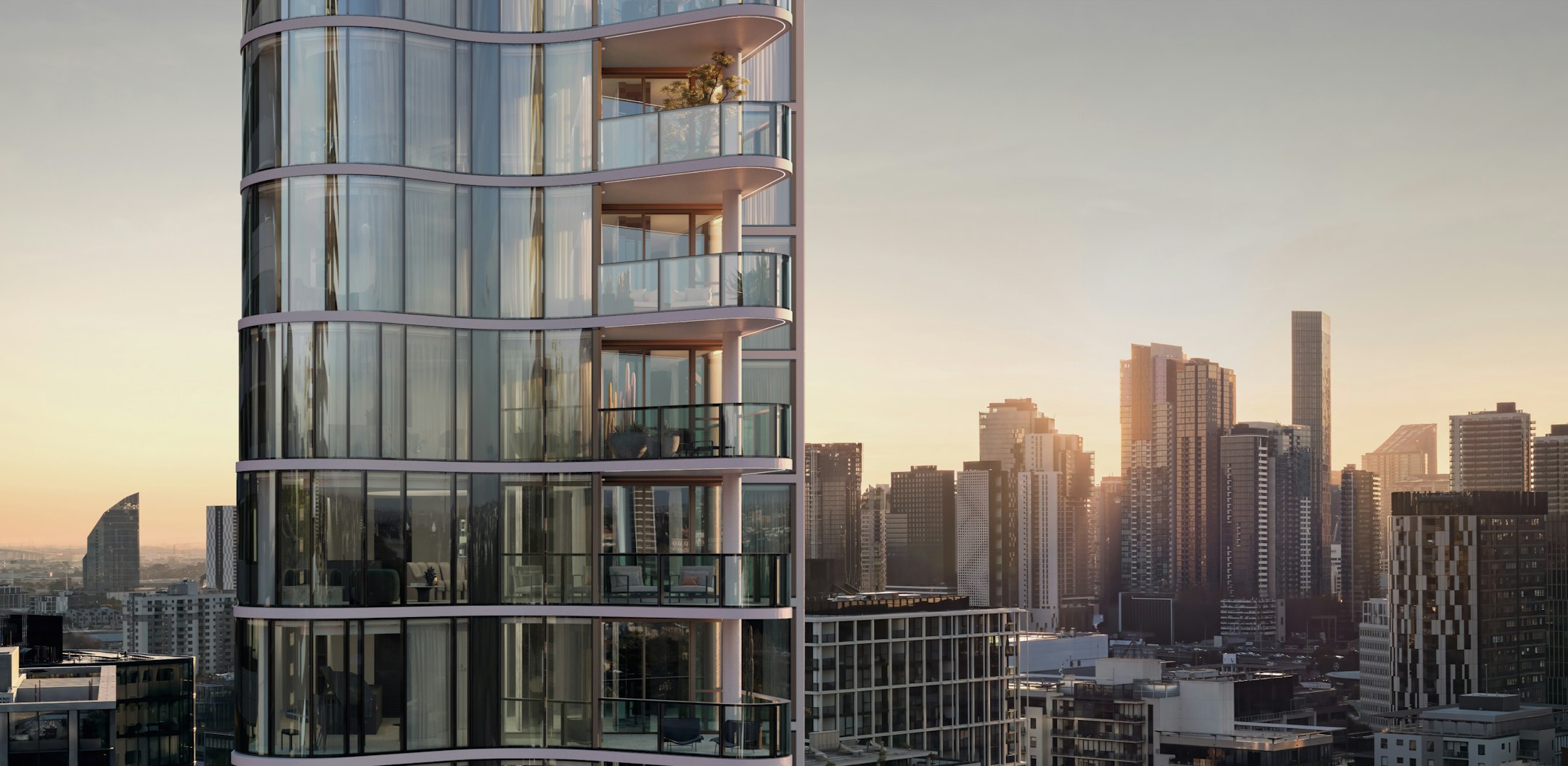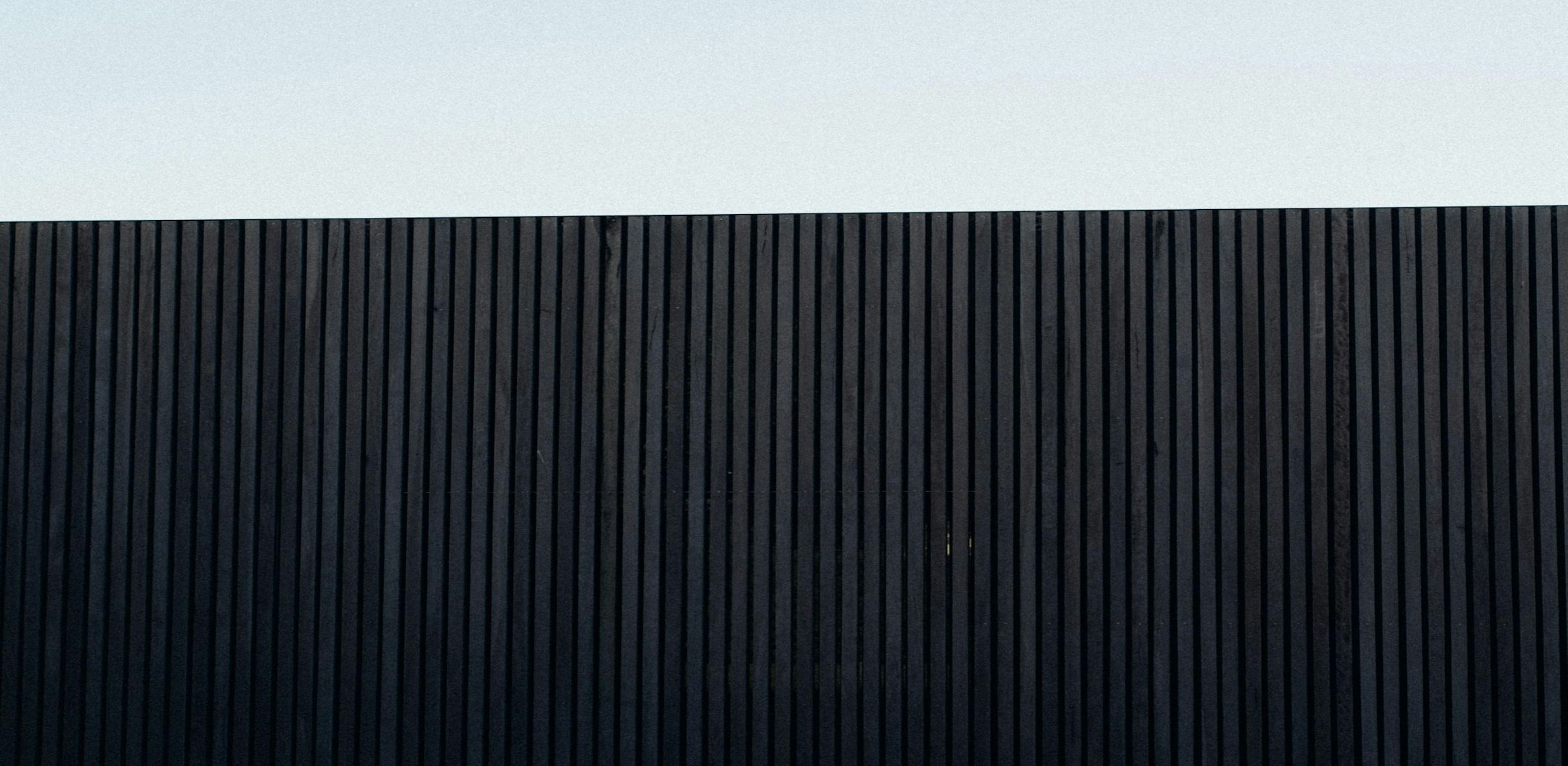In response to the state’s housing crisis, the Victorian government has unveiled an ambitious plan to reshape the state's housing landscape for the future. This comprehensive strategy, part of the broader "Plan Victoria" initiative, aims to construct 2.5 million new homes to accommodate an expected population of 10.3 million residents by 2051.
Industry NewsVictoria's Housing Vision 2051
Next ArticleVictoria's Housing Vision 2051

Reshaping the state’s residential landscape
16 July 2024
At the heart of this visionary plan is the "Affordability Partnership," a collaboration between the previous Labor Government and the housing industry. This partnership sets an aggressive target of building 800,000 homes over the next decade, focusing on streamlining planning approvals and stimulating investment in high-quality housing where it's most needed.
Recognising the importance of balanced development, the plan places significant emphasis on regional growth. By 2051, regional and rural Victoria are slated to see 425,600 new homes, with major regional centres like Greater Geelong, Ballarat, and Greater Bendigo playing pivotal roles in this expansion. This regional focus aims to alleviate pressure on Melbourne's housing market while promoting sustainable growth across the state (source: Urban.com.au).
Urban density is another key focus, with plans to increase housing in middle suburbs and around major transport hubs. Areas like Boroondara are set to see substantial development, with an additional 67,000 homes planned. This approach not only maximises existing infrastructure but also aligns with sustainability goals by reducing urban sprawl (source: Property Update).
The success of this ambitious plan hinges on significant planning reforms. The government is focused on clearing the backlog of planning permits and providing certainty around approval times, aiming to expedite the construction process and minimise delays.
To support this housing expansion, the Victorian Government has pledged substantial investments in infrastructure. This includes funding for new schools, hospitals, and transport links.
While the plan has been met with enthusiasm, it's not without its critics. Opposition leaders have raised concerns about its feasibility, particularly in light of potential economic slowdowns and the need for infrastructure investments. However, the government remains confident that collaborative efforts with industry and local councils will make these targets achievable.
As Victoria embarks on this journey, the state is set to become a model for innovative and inclusive urban development. By addressing housing affordability, promoting regional growth, and investing in critical infrastructure, Victoria's 2051 housing plan represents a comprehensive approach to creating a sustainable and liveable environment for our growing population.
This bold vision for Victoria's future housing landscape not only aims to solve current challenges but also lays the foundation for a more equitable and prosperous state in the decades to come. As the plan unfolds, it will undoubtedly shape the way Victorians live, work, and interact with their communities for generations to come.



